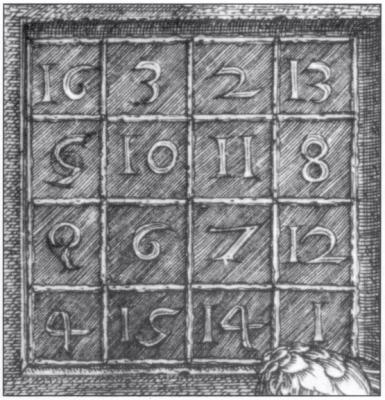Montag, 17. September 2012
Opportunity findet kleine Kügelchen auf dem Mars
klauslange,16:55h
Schon einmal fand der Minirover kleine Kügelchen auf dem Mars, die dann den Spitznamen 'Blueberries' erhielten. Nun wurde der Rover wieder fündig, doch die neuen Kügelchen haben eine ganz andere Struktur und Zusammensetzung als die bekannten Blueberries. Die nächsten Wochen sollen Licht ins Dunkel bringen. Schade das der neue Rover Curiosity nicht einen solchen Fund gemacht hat. Mit Opportunity ist die Analyse weitaus schwieriger und indirekter.
New Scientist berichtet:
NASA scientists working on the Opportunity mission at first thought the spheres looked like structures known as Martian blueberries. These iron-rich orbs, discovered at the rover's landing site in 2004, are thought to have formed millions of years ago, when the Red Planet was likely warm enough to host liquid water.
In some places minerals precipitated out of the water as it diffused through rock, leaving behind hard masses. Erosion eventually exposed the spherules embedded in outcrops, like blueberries in a muffin.
Similar spheres have been found in sandstones in the US Southwest, and some scientists think they may hold clues to finding microbial life on Mars.
But when Opportunity took a closer look at the new spheres using its X-ray spectrometer, the rover found that they don't "taste" like blueberries.
For one, the spheres don't contain nearly as much iron. They're also much more tightly clustered than previous groups of blueberries, and they have a more fragile disposition.
"They seem to be crunchy on the outside, and softer in the middle," Opportunity's principal investigator, Steve Squyres of Cornell University, said in a NASA statement.
"They are different in concentration. They are different in structure. They are different in composition. They are different in distribution. So, we have a wonderful geological puzzle in front of us."
New Scientist berichtet:
NASA scientists working on the Opportunity mission at first thought the spheres looked like structures known as Martian blueberries. These iron-rich orbs, discovered at the rover's landing site in 2004, are thought to have formed millions of years ago, when the Red Planet was likely warm enough to host liquid water.
In some places minerals precipitated out of the water as it diffused through rock, leaving behind hard masses. Erosion eventually exposed the spherules embedded in outcrops, like blueberries in a muffin.
Similar spheres have been found in sandstones in the US Southwest, and some scientists think they may hold clues to finding microbial life on Mars.
But when Opportunity took a closer look at the new spheres using its X-ray spectrometer, the rover found that they don't "taste" like blueberries.
For one, the spheres don't contain nearly as much iron. They're also much more tightly clustered than previous groups of blueberries, and they have a more fragile disposition.
"They seem to be crunchy on the outside, and softer in the middle," Opportunity's principal investigator, Steve Squyres of Cornell University, said in a NASA statement.
"They are different in concentration. They are different in structure. They are different in composition. They are different in distribution. So, we have a wonderful geological puzzle in front of us."
... comment

